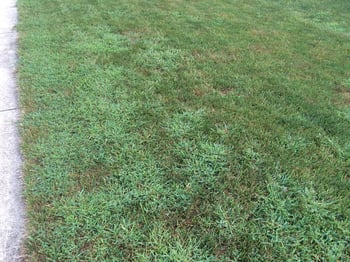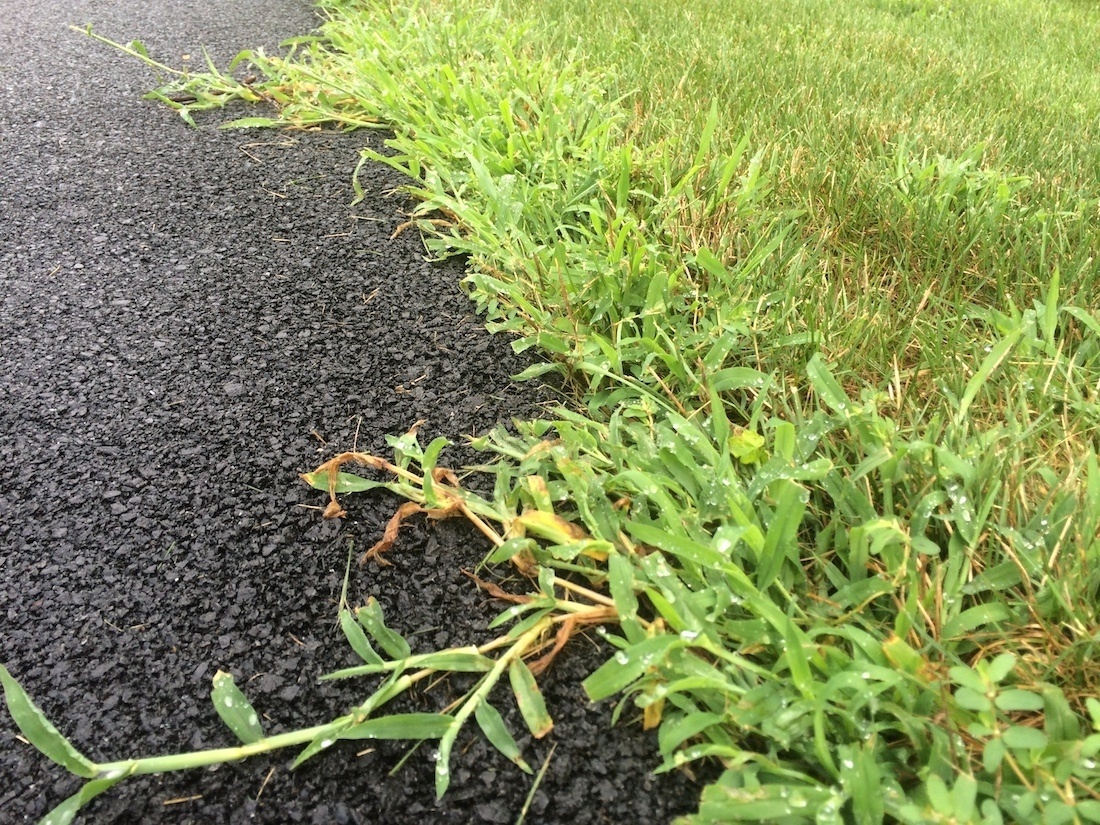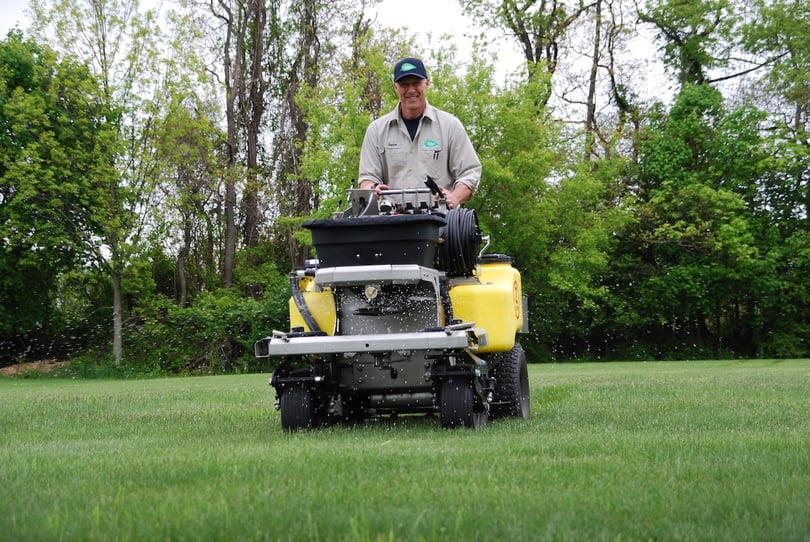 Crabgrass is one of the most hated weeds of all time and it’s easy to understand why. This annual grassy weed can multiply rapidly and be very difficult to get rid of. You might feel as though you’ve tackled crabgrass one season, only to see it pop up again during the next growing season. It can be exhausting.
Crabgrass is one of the most hated weeds of all time and it’s easy to understand why. This annual grassy weed can multiply rapidly and be very difficult to get rid of. You might feel as though you’ve tackled crabgrass one season, only to see it pop up again during the next growing season. It can be exhausting.
That’s exactly why you need to take control.
In order to ensure that you have lawn crabgrass control fully handled, we’ll take care of the who, what, where, when, why and how you should do it. Armed with all the facts, you’ll finally be able to take back your lawn.
Who Should Handle Crabgrass Control?
Up until now, you may have been the only one going head-to-head with the crabgrass in your yard. You may have tried hand-pulling it or even applying some products on this pesky weed. But it has continued to come back. It’s that thorn in your side that you just can’t seem to get rid of.
It’s possible you may have even tried using a lawn care service before but still felt they didn’t have crabgrass fully under control. You want to be informed and do what’s best for your lawn which is why you’re putting in research on the best approach to dealing with this weed. You’re taking action by understanding what to do next.
Your best bet for getting crabgrass under control is using a professional lawn care service that will take a multi-faceted approach. A professional will have access to commercial grade product, know exactly when to apply it, and will also incorporate a comprehensive lawn care program that promotes a healthy lawn.
What is Crabgrass Exactly?
Put simply, crabgrass is a villain to your healthy lawn. It’s an annual grassy weed that can spread hundreds of thousands of seeds in its lifespan if left untreated. In fact, just one crabgrass plant can produce up to 75,000 seeds during the course of a single growing season! These seeds will lay dormant in your soil until the ideal germination conditions arise—and then it will start to grow (and grow and grow!).

As this weed spreads, it can start to choke out your healthy turf. If left to run its course, crabgrass has the power to ruin a healthy lawn.
Where Does Crabgrass Grow?
Crabgrass likes warm soil and sunlight and will thrive in thinned out or bare spots in your lawn where they have easy access to the sun. As a result, you’ll often see crabgrass pop up in sidewalk cracks, around your driveway, or even areas of your lawn that you’ve mowed too short.
Crabgrass also favors compacted, clay-like soil, where healthy grass cannot thrive.
In order to prevent these conditions, aim to mow around 3.5 inches (nothing shorter) and be careful not to scalp the edges when trimming along your walkways or driveways. Also, keep your lawn well-watered and have it aerated and overseeded regularly. These services help promote a thick lawn, which will naturally choke out weeds.
When Should Crabgrass Control Be Applied?
Crabgrass starts its life cycle as seeds which germinate in the spring. While the weed will die off in winter, it will also produce large seed crops that will remain dormant, allowing the cycle to start all over again when these seeds germinate in spring. Thus begins the unending cycle of crabgrass popping up.

Pre-emergent lawn crabgrass treatment can form a barrier which prevents crabgrass seeds from germinating in the first place. But it’s ideal that you get product down early in the season before seeds have a chance to start germinating. If you’ve already missed that window, you still have the option of using post-emergent treatment, which helps handle any breakthrough that occurs.
Why Should I Be Concerned About Crabgrass in My Lawn?
There’s no question you want crabgrass gone. Why? Well, for one, it’s an unsightly weed and it detracts from the look of your overall lawn. It may make you frustrated when you start to see the thick clumps of crabgrass poking up. You may be worried about having the lawn on the block that looks uncared for or that decreases the value of your home.
You also don’t want to have to worry about crabgrass ruining your healthy lawn by taking over. The last thing you want is for your healthy turf to be crowded out by this unattractive weed. After mature plants die off, there will be nothing but an ugly, dead spot for even more weeds to thrive in.
How Do I Get Rid of Crabgrass?
Now that you know exactly what you’re facing, your plan to finally get a good handle on lawn crabgrass control comes down to making a wise choice in lawn care services.
Even if you’re already using a professional lawn care service but not seeing the results you desire, then it might be time to consider switching lawn care services. You want to be sure that you’re using a provider who is doing everything in their power to troubleshoot problems and promote a healthy lawn. Whether it’s a better lawn care program or even thickening up your lawn to improve crabgrass prevention, a lawn care expert should be able to help you win the war on this weed.
Your Wise Choice for Lawn Crabgrass Control
In the end, you are the one that holds the power to get your lawn under control. That power comes by choosing a provider who will take a comprehensive approach to lawn crabgrass control knowing that it’s not just one step, but a whole series of steps, that will truly make a difference in getting your lawn to a healthy state.
Instead of having to worry that you don’t have the most desirable lawn on the block or that your current lawn care provider isn’t doing everything they should, you’ll be able to rest assured that your lawn is in good hands. With a healthy and thriving lawn, crabgrass simply won’t be a worry.
With the right care for your lawn, you’ll gain valuable peace of mind. If you’re interested in having your lawn inspected and its health assured, contact us for a free quote or give us a call at 833-JTE-TREE.



